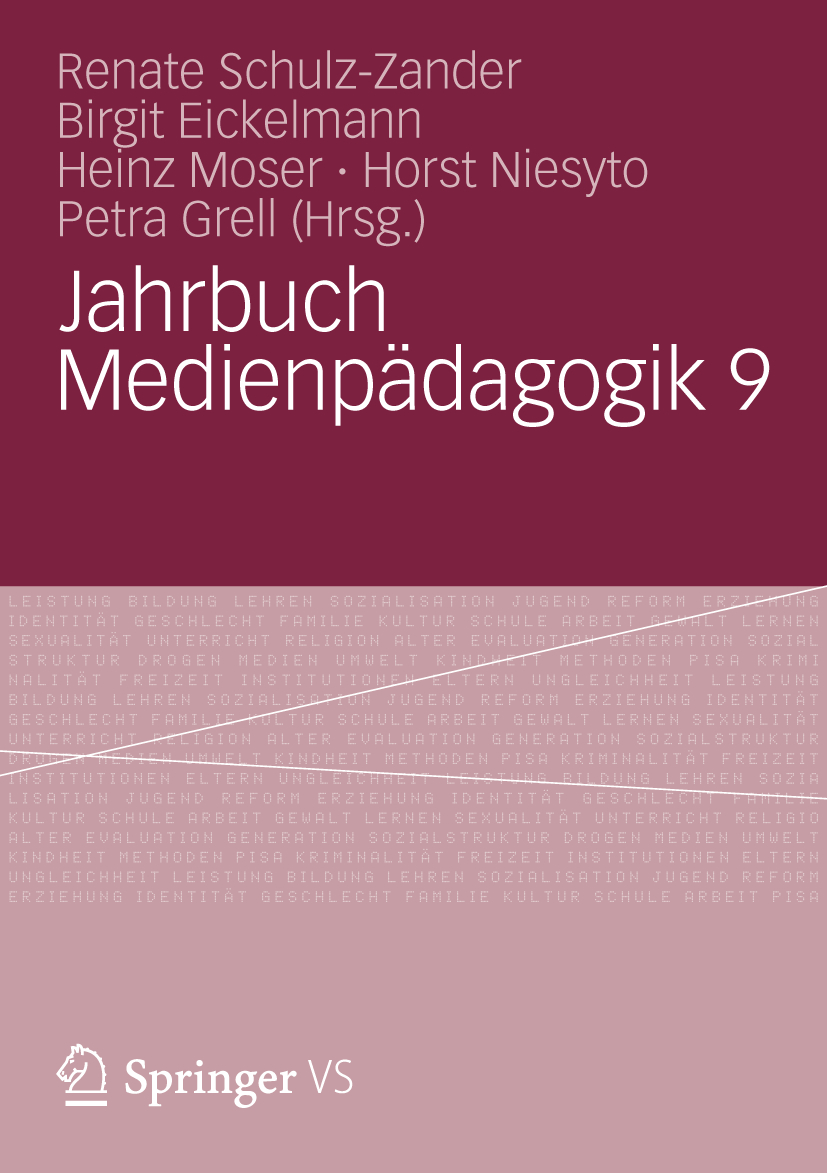Abstract
In recent years, a number of studies have shown that although computers and the Internet are increasingly available in German and Swiss schools, they are only used relatively rarely in lessons (cf. Korte/Hüsing 2006; Shewbridge/Ikeda/Schleicher 2006). In view of the magnitude of the investments made in infrastructure and further education, and also in view of the high priority given to ICT (i.e. information and communication technologies) in political strategy papers (cf. in Switzerland e.g. EDK 2007; Swiss Federal Council 2006; internationally e.g. Rychen/Salganik 2003), pedagogical research must address the question of why schools are slow to arrive in the information society. In the English-speaking world, the phenomenon was succinctly summed up by Cuban (2001) under the catchword "Oversold & Underused". In order to explain this situation, studies primarily pursue two approaches, some of which are combined with each other (cf. in overview e.g. Somekh 2008; Balanskat/Blamire/Kefala 2006; Webb/Cox 2004; Mumtaz 2000). On the one hand, the aim is to identify aspects that stand in the way of increased use (so-called "barriers", cf. Jones 2004), on the other hand, attempts are made to determine factors that correspond with increased use (so-called "enablers", cf. Scrimshaw 2004). Both are done on the basis of qualitative case studies and observations (e.g. Eickelmann 2010; Schulz-Zander 2005; Kozma 2003; Venezky/Davis 2002) as well as through surveys based on larger samples (e.g. Law/Pelgrum/Plomp 2008; Pelgrum 2001). The latter approach in particular has recently led to astonishing results with high explanatory power. In the so-called Will/Skill/Tool model, three factors are identified that can explain 90% of the variance in the degree of ICT integration in the classroom (cf. Christensen/ Knezek, 2008; Morales Velázquez 2006). A similar model was pursued at about the same time by other authors and under a different name (cf. the Access/Competence/Motivation model in Korte/Hüsing 2006; Viherä/Nurmela 2001).
